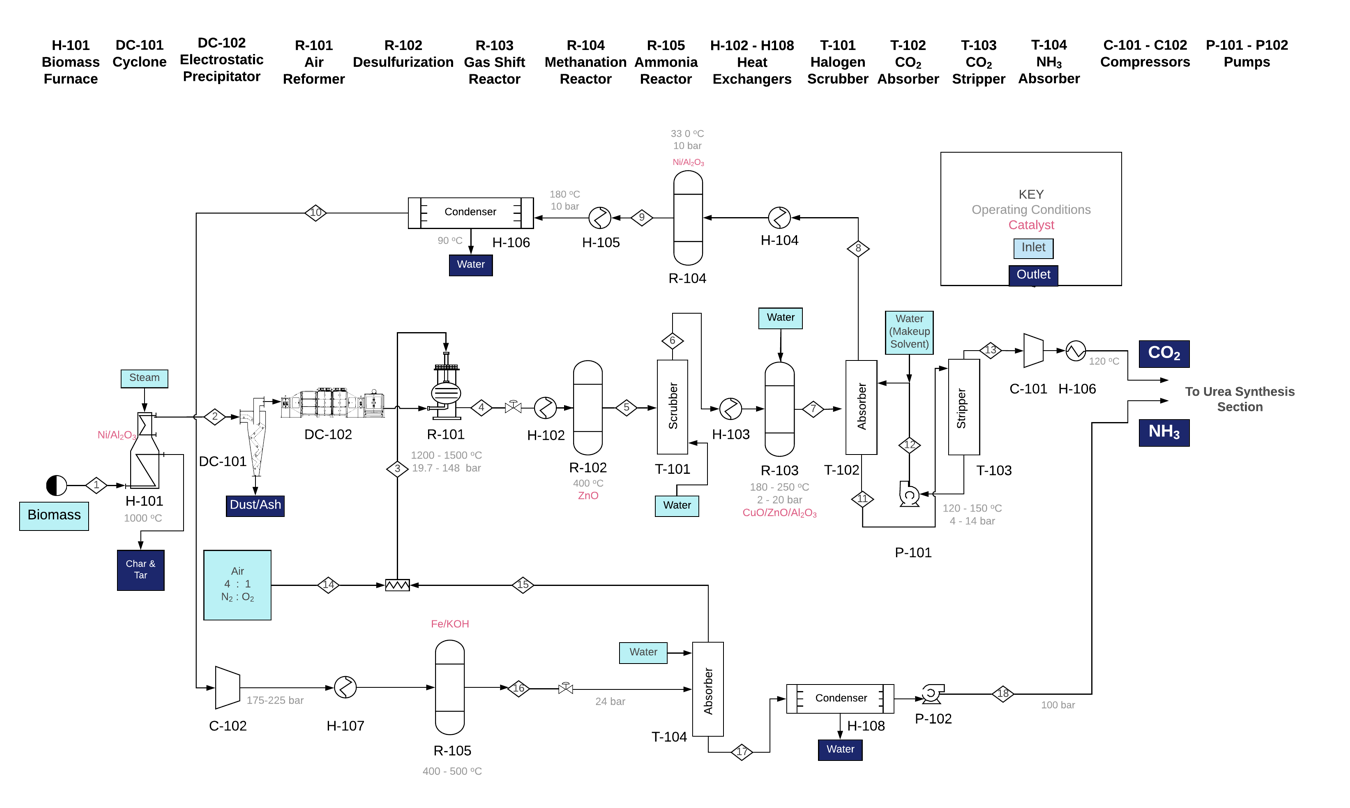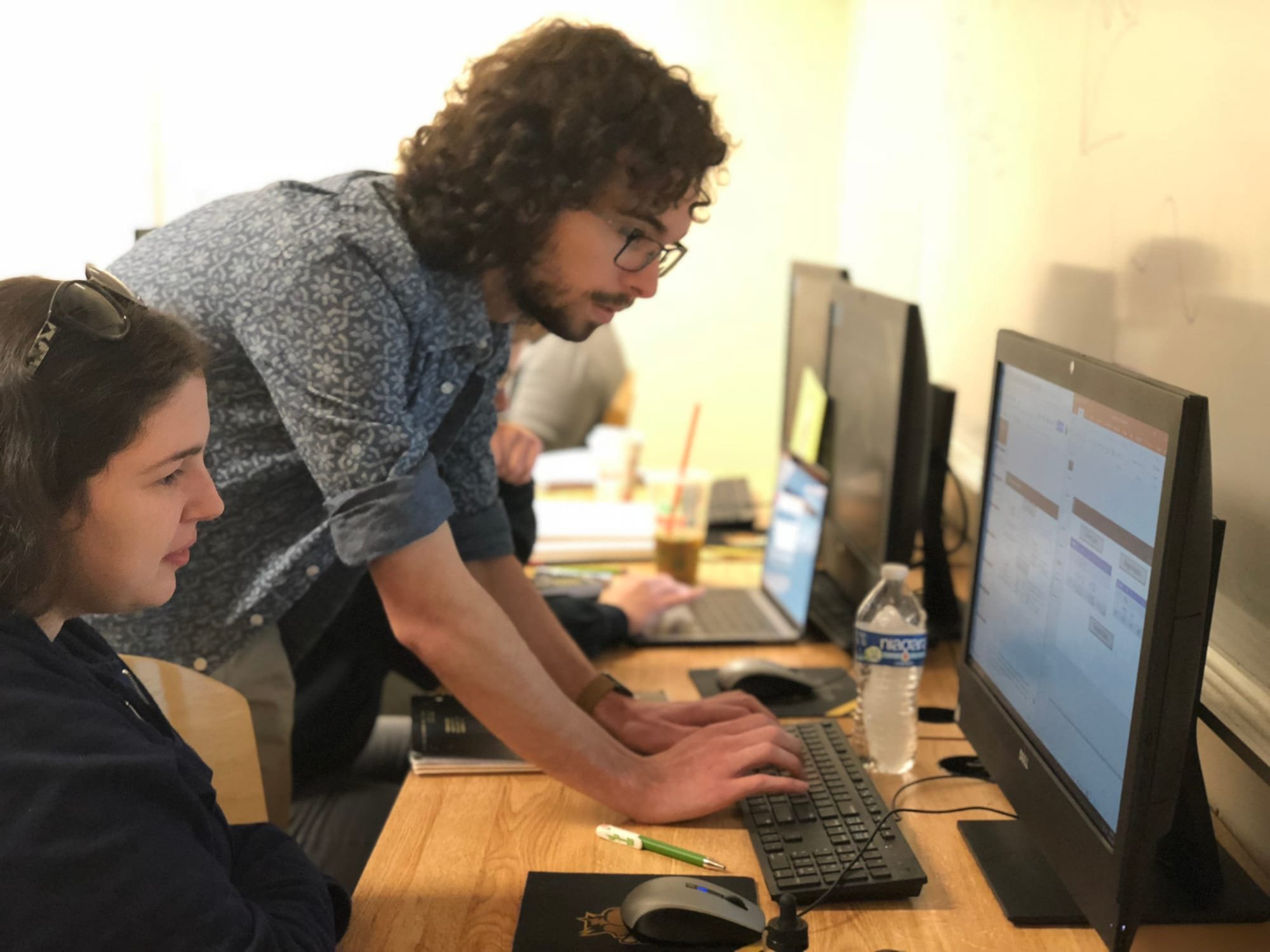Entrepreneurship
Time commitment: ~20 hours/week, two semesters
In each design class, teams of five students were tasked with developing plans to produce a certain chemical compound: cyclohexane and urea. Considering both the technical engineering and business aspects was necessary ensure the designs were realistic visions of a future plant. Each project started with simple constraints: a specific chemical to produce, a specific annual production, and that it must be profitable. Literature surveys provided information about previous designs and considerations and decisions were made to simultaneously achieve the production goals and maximize potential profit. The connection between technical and business side of design highlights some of the key considerations one must be aware of when acting as an entrepreneur.
The greatest lesson I learned from these experiences was the time commitment and hard work required to build something from nothing. Being an entrepreneur requires a willingness to continuously deal ambiguity and adapt quickly to changes. I also learned a great deal about working with a group to bring about something new. I enjoyed seeing how each individual contributed something unique to the design process that ultimately defined the success of the team.
Engineering the Tools for Scientific Discovery encompasses creating new technologies and re-evaluating old ones to advance human understanding and civilization. This has both immediate and delayed effects: newer, more economical and environmentally friendly process designs increase standards of living, which in turn results in more opportunities for people to get involved in the scientific community

Meeting the Overall Objectives
Integrity and teamwork were vital to the success of each group with whom I worked. Team members must be able to rely on others to follow through on their word and voice concern when necessary. Without these skills, a team is unlikely to make any progress. Realistic vision and perspective both entail considering external ideas and influences. Engineers take scientific discoveries and make them profitable, which requires realistic vision, but these advances must be made to fit well within the context of society, which requires perspective. Lastly, the fast paced nature of the Design courses demands students to be persistent and flexible. Dealing with scheduling conflicts, time constraints, and unforeseen technical problems was common throughout the experience.

Meeting the Entrepreneurship Objectives
Risk assessment is at the heart of chemical engineering; each decision my group made was to ensure safety of both workers and economic investments. In order to avoid mistakes, communicating logically and concisely was key, especially given time constraints of the semester. Better communication leads to increased efficiency, which is required to produce realistic work. Part of being realistic includes acknowledging societal impacts, both local and global. Chemical plants can have severe impacts, both positive and negative, on the environment, which should always be considered during design. Lastly, researching current technologies and re-calculating values was not enough to succeed. Innovative and creative approaches are required to exhibit ability and commitment.
